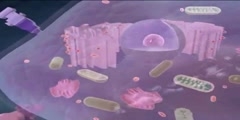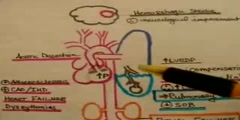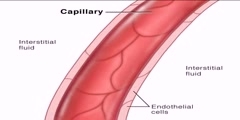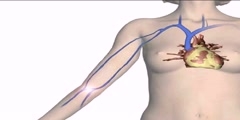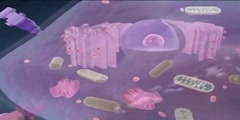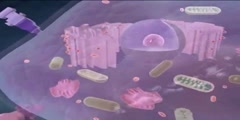Principles of Pharmacology
1-Most drugs act by binding reversibly to receptors, which can be a variety of targets including enzymes, ion channels, G-protein coupled transmembrane proteins & DNA response elements. 2-Receptors have two fundamental characteristics: a) the ability to interact with a chemical ligand (drug); and b) to transduce the binding event into a biological signal. 3-Drugs can be divided into two broad categories - agonists and antagonists 4-Agonists have the properties of affinity and efficacy. 5-The potency of different agonists can be compared using their EC50 values 6-Classical antagonists have affinity for receptors, but little or no efficacy 7-can be divided into two subgroups, competitive and non-competitive 8-Competitive antagonists compete for binding with the same site occupied by an agonist. 9-The antagonism produced by a competitive antagonist can be surmounted (overcome) by increasing the concentration of the agonist. The presence of a competitive antagonist produces a rightwards shift in the concentration-response relationship for the agonist. 10-Noncompetitive antagonists act by covalent binding to the agonist receptor site, or by binding to a secondary site that induces a conformational change in the agnonist receptor site that prevents the agonist from binding. The effects of a noncompetitive antagonist cannot be overcome by increasing the concentration of the agonist. The presence of a noncompetitive antagonist produces an apparent reduction in agonist efficacy.
Channels: Others
Tags: Pharmacodynamics Pharmacology Pharmacokinetics
Uploaded by: buraktube ( Send Message ) on 09-11-2010.
Duration: 9m 59s
